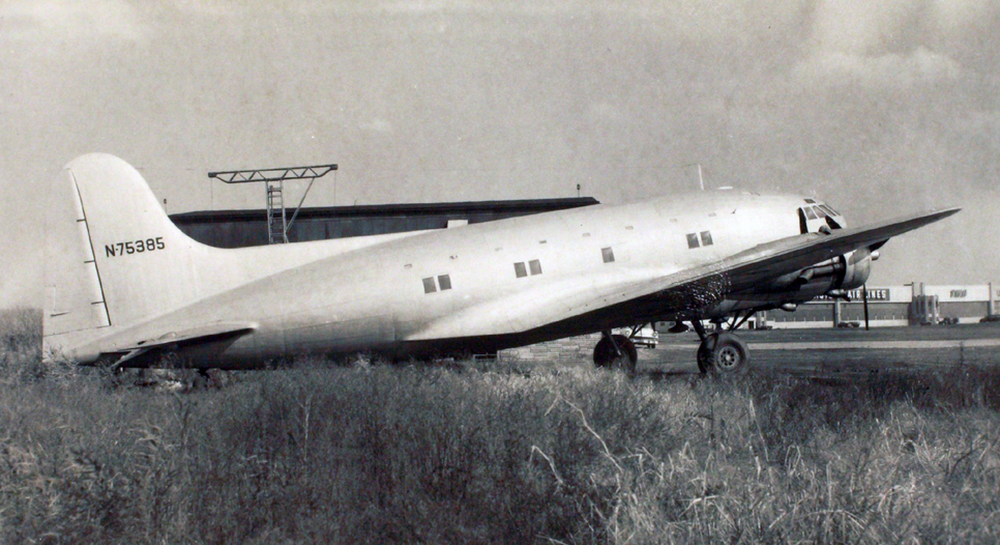Crash of a Beechcraft E18S in Cleveland: 1 killed
Date & Time:
Jun 22, 1972 at 0740 LT
Registration:
N42A
Survivors:
No
Schedule:
Philadelphia - Cleveland - Rockford
MSN:
BA-133
YOM:
1956
Crew on board:
1
Crew fatalities:
Pax on board:
0
Pax fatalities:
Other fatalities:
Total fatalities:
1
Captain / Total hours on type:
1361.00
Circumstances:
Just after liftoff, while in initial climb, the left wing detached. Out of control, the airplane crashed in a huge explosion and was destroyed by impact forces and a post crash fire. The pilot, sole on board, was killed.
Probable cause:
Structural failure and detachment of the left wing during initial climb and uncontrolled descent due to the presence of fatigue cracks. The following factors were reported:
- Inadequate inspection of the aircraft on part of the maintenance personnel,
- Wings spars,
- Fatigue fracture,
- Left wing failed, folded up,
- Fatigue crack was present during prior inspection but was not detected.
- Inadequate inspection of the aircraft on part of the maintenance personnel,
- Wings spars,
- Fatigue fracture,
- Left wing failed, folded up,
- Fatigue crack was present during prior inspection but was not detected.
Final Report:
